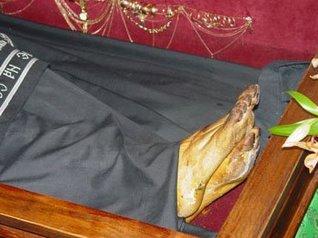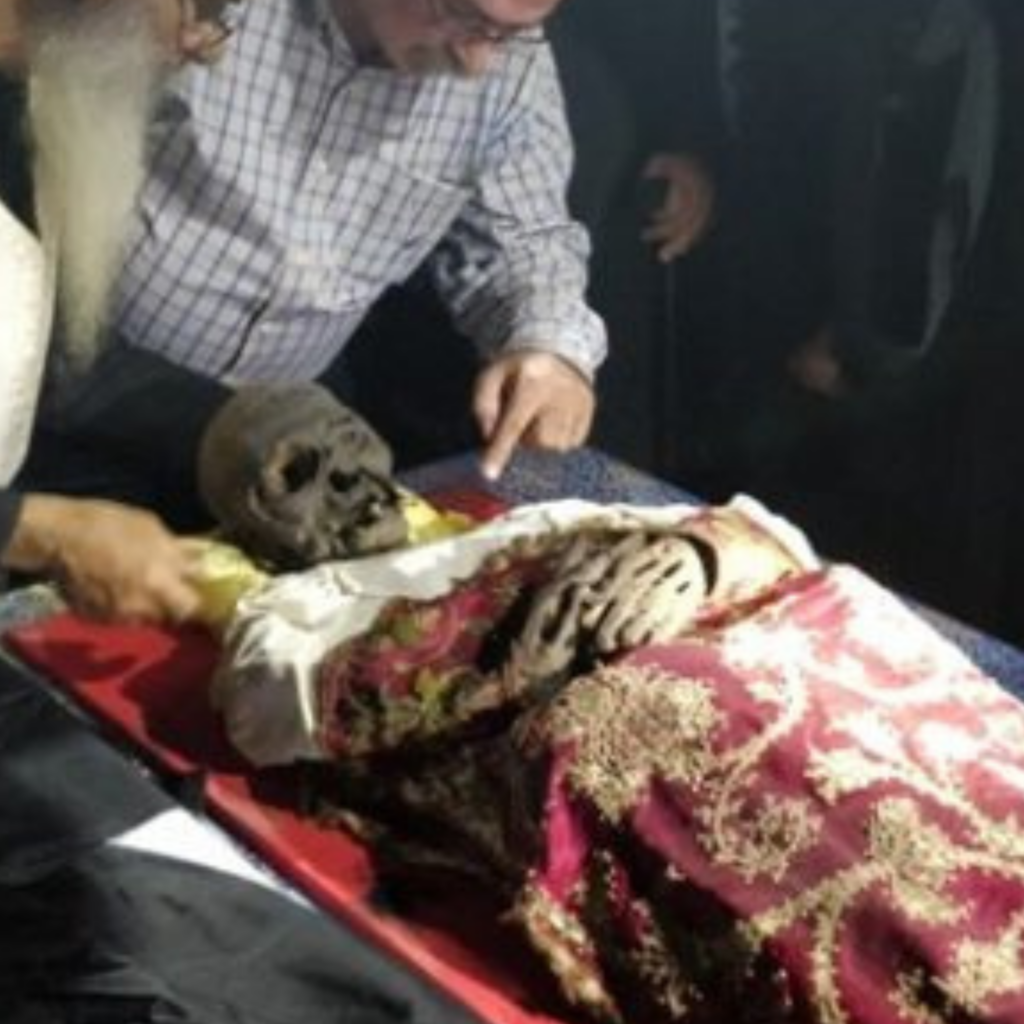Have you ever wondered why Orthodox Christians hold ancient relics—bones of saints, fragments of the True Cross, or pieces of holy garments—in such high regard? These sacred objects are far more than historical curiosities; they are living connections to the divine, deeply woven into the fabric of faith and tradition. This exploration delves into the spiritual, historical, and cultural significance of relics in Orthodox Christianity and why they continue to inspire millions of believers worldwide.
Relics: A Bridge Between Heaven and Earth
In Orthodox Christianity, relics are not merely remnants of the past; they are spiritual conduits that bridge the gap between the material world and the eternal. These sacred objects—often the physical remains of saints or items associated with their lives—are believed to carry the grace and holiness of those who lived in profound communion with God.
For Orthodox believers, relics are not lifeless artifacts but vibrant, dynamic links to the Communion of Saints. They serve as tangible reminders of the saints’ earthly struggles and heavenly triumphs, offering inspiration and intercession for those who venerate them. When standing before a relic, one is not just honoring a memory but engaging with a living tradition that transcends time and space.
The Spiritual Power of Relics
The veneration of relics is deeply rooted in the belief that they possess spiritual power. Throughout history, countless miracles have been attributed to these sacred objects—physical healings, emotional restoration, and even life-changing spiritual awakenings. These miracles are not just stories from the past; they continue to occur today, reaffirming the enduring power of relics in the lives of the faithful.
Relics also play a vital role in personal spirituality. They serve as focal points for prayer and meditation, helping believers deepen their connection to God. Venerating a relic reminds one of the saint’s virtues—their courage, humility, and unwavering faith—and inspires the emulation of those qualities in daily life.

A Living Tradition: Relics in Orthodox Worship
Relics are not confined to the pages of history; they are an active part of Orthodox worship and liturgy. In many Orthodox churches, relics are enshrined within the altar, sanctifying the space and making it a place of divine encounter. During services, the presence of relics reminds worshippers that they are not alone in their worship. They are surrounded by a great cloud of witnesses—the saints who have gone before them and now intercede for them before God.
Pilgrimages to relic sites are another important aspect of Orthodox spirituality. These journeys are not just about visiting a holy place; they are opportunities for spiritual renewal and transformation. Countless stories exist of believers who traveled great distances to venerate a relic, only to return home with a renewed sense of purpose and a deeper connection to their faith.
Relics and the Communion of Saints
One of the most beautiful aspects of relic veneration is its connection to the doctrine of the Communion of Saints. This belief affirms that the Church is one body, united across time and space. When relics are venerated, it is a participation in this unity, joining prayers with those of the saints who have gone before.
Relics also serve as powerful reminders of the saints’ intercessory role. In Orthodox Christianity, saints are not distant figures from the past; they are alive in Christ and actively praying for the faithful. By venerating relics, believers seek their prayers and guidance, trusting that they will help them on their spiritual journey.
The Historical and Cultural Significance of Relics
Beyond their spiritual importance, relics hold immense historical and cultural value. They connect believers to the early days of Christianity, offering tangible links to the lives of the apostles, martyrs, and saints who shaped the faith. These sacred objects remind the faithful of the sacrifices made by those who came before and inspire them to carry on their legacy of faith and devotion.
Relics have also influenced Orthodox art, architecture, and culture. From the intricate designs of reliquaries to the frescoes and icons that adorn Orthodox churches, relics have inspired some of the most beautiful expressions of faith. They have shaped pilgrimage traditions, influenced the layout of sacred spaces, and fostered a sense of shared heritage among Orthodox Christians worldwide.
Why Relics Matter Today
In a world that often feels disconnected and fragmented, relics offer a powerful reminder of the enduring presence of the divine. They remind believers that their faith is not just a set of abstract beliefs but a living, breathing reality that touches every aspect of life.
Relics are more than just objects of veneration; they are sources of hope, inspiration, and transformation. They remind the faithful that they are part of something much larger than themselves—a tradition that stretches back to the earliest days of Christianity and continues to shape the lives of believers today.
Embracing the Fullness of Faith
Reflecting on the role of relics in Orthodox Christianity reveals their ability to connect believers to the divine in a tangible way. They remind the faithful that holiness is not confined to the past but is alive and active in the present. Through relics, believers are invited to participate in the fullness of the Orthodox Christian experience—a journey of faith that honors the past, embraces the present, and looks forward to the eternal.
The next time a relic is encountered, whether in a church, a pilgrimage site, or even in a story, it is worth pausing to reflect. Consider the profound spiritual power it holds and the countless lives it has touched. Remember, in venerating these sacred objects, one is not just connecting with the past but stepping into a living tradition that continues to shape the world today.
Relics are more than just ancient artifacts—they are windows into the divine, inviting believers to deepen their faith and draw closer to God. Embracing this gift with reverence and gratitude allows it to transform hearts and lives, keeping the legacy of the saints alive for generations to come.

